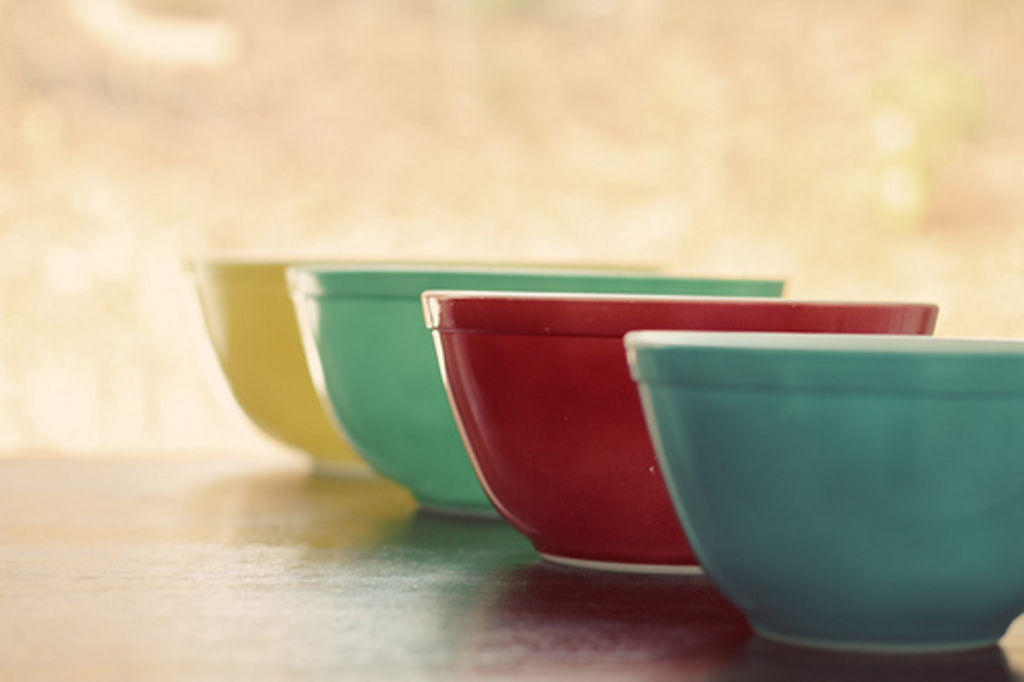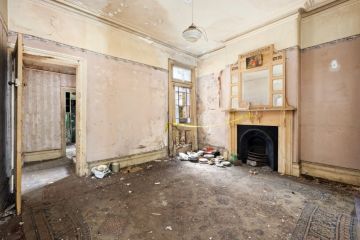How to update forgotten trends

What’s the difference between old and retro? Learn how to update your interior with home décor that purposely farewells forgotten furniture but honours timeless classics.
Retro furniture and pre-loved soft furnishings might offer a sense of timeless charm but many dated items just look worn.
Interior designer and director of Sydney’s DECOROOM, Lauren Mahoney, says updating older homes and interior décor is all about balancing that fine line between classic and purposely forgotten. Here are her tips on preserving and restyling dated looks.
Plan ahead
DIY stylists should always start their room restoration project by researching the designs, colours, fabrics and materials of bygone eras to find out what’s needed to pull off an iconic look.
Alternatively, Mahoney says, DIY’ers can temporarily recruit the help of an interior decorator or designer.
Work with them for stage one of the project, receive ideas on what colours and fabrics to run with and what furniture to keep or kill. You can also use the stylist to purchase fabrics from specific periods.
Savour timeless classics
Once you know ‘the look’ you want to achieve, the next big step is to determine which dated items in your possession are worth salvaging.
“Retro chairs are your number one retro item to keep,” advises Mahoney.
She recommends retaining armchairs from the 50s, 60s or 70s to use as a design centrepiece in a room. Update a chair’s fabric, restore its weary legs with a lick of paint or vamp up its cushions with retro fabric.
Hold onto old ceramics and select pieces of your grandmother’s home furnishings.
Keep light fittings, floor lamps, side tables and classic wallpaper from retro eras.
- Preserve timber floors or paint them white.
- Restore soft furnishings in good nick
- Save retro dining tables and buffets
- Quality not duration
“If you’ve got a retro piece and it has lasted the distance, it’s probably because it was really well made,” she says.
“These sorts of timeless classic pieces are worth keeping.”
However, Mahoney stresses, there is a huge difference between old and retro.
If products haven’t stood the test of time to-date, they will only disintegrate into the future.
Only hold onto items if they are durable. But dump:
- Sofas that are so old they smell;
- Disintegrating curtains;
- Grim fabrics;
- Rusted or worn furniture and;
- Soft furnishings that are so old they will easily break.
Buy New
So what if your apartment is full of old junk that’s not worth holding onto but you still want a retro look?
Mahoney says DIY retro stylists can buy new products that either imitate design from the mid-twentieth century or are new original pieces from the era.
For example, explains Mahoney, smart shoppers can purchase reproduced signature prints like those from the Florence Broadhurst revival range.
“They sell these white box framed original block prints from the 60s or 70s. So instead of keeping an old art work or hunting for prints at Vinnies, buy new.”
Mix it up
Once you have decided on which pre-loved items you are keeping, which ones you are dumping and what pieces you are buying brand new, mix it all up.
“Ensure around 60-to-70 per cent of your furnishings are new and mix that with 30 per cent that is old and retro. Anything more than that and a room might look too ‘nanna’.”
Be really careful with colours. Don’t overdo bright greens and oranges. Mix a modern sofa with an iconic retro armchair. Or, Mahoney suggests, put new modern lights on a retro buffet.
“Just ensure you look at your room holistically when restyling.”
“It really doesn’t matter if the piece you have is a reproduction, is old or new. Retro style has always pushed the boundaries of design. That’s what has made the look so iconic.”
We recommend
States
Capital Cities
Capital Cities - Rentals
Popular Areas
Allhomes
More
- © 2025, CoStar Group Inc.







